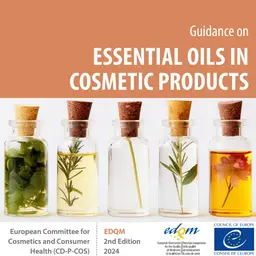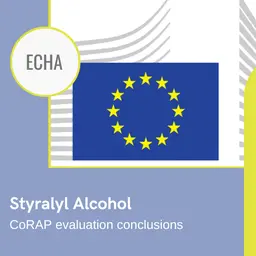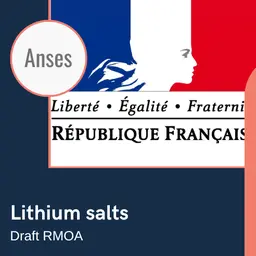
Research by scientists at the University of Bath (UK) is challenging claims that nanoparticles in medicated and cosmetic creams are able to transport and deliver active ingredients deep inside the skin. After their study, even the tiniest of nanoparticles did not penetrate the skin’s surface and stayed on the surface of the epidermis. These results are questioned by AVICENN and Friends of the Earth, which point their fingers at “the questionable conditions in which the study has been performed,” as well as at potential conflicts of interest.
The University of Bath press release, published on October 1st, reminds us that nanoparticles are tiny particles less than one hundredth of the thickness of a human hair. They are used in sunscreens and some cosmetic and pharmaceutical creams.
The UK researchers say they have found that even the smallest nanoparticle does not penetrate the skin surface.
These findings have implications for pharmaceutical researchers and cosmetic companies that design skin creams with nanoparticles that are supposed to transport ingredients to the deeper layers of the skin.
However, the findings will also allay safety concerns that potentially harmful nanoparticles such as those used in sunscreens can be absorbed into the body.
The Bath scientists used a technique called laser scanning confocal microscopy to examine whether fluorescently-tagged polystyrene beads, ranging in size from 20 to 200 nanometers, were absorbed through the skin.
They found that even when the skin sample had been partially compromised by stripping the outer layers with adhesive tape, the nanoparticles did not penetrate the skin’s outer layer, known as the stratum corneum.
Professor Richard Guy from the University’s Department of Pharmacy & Pharmacology, who led the study, said: “Previous studies have reached conflicting conclusions over whether nanoparticles …













